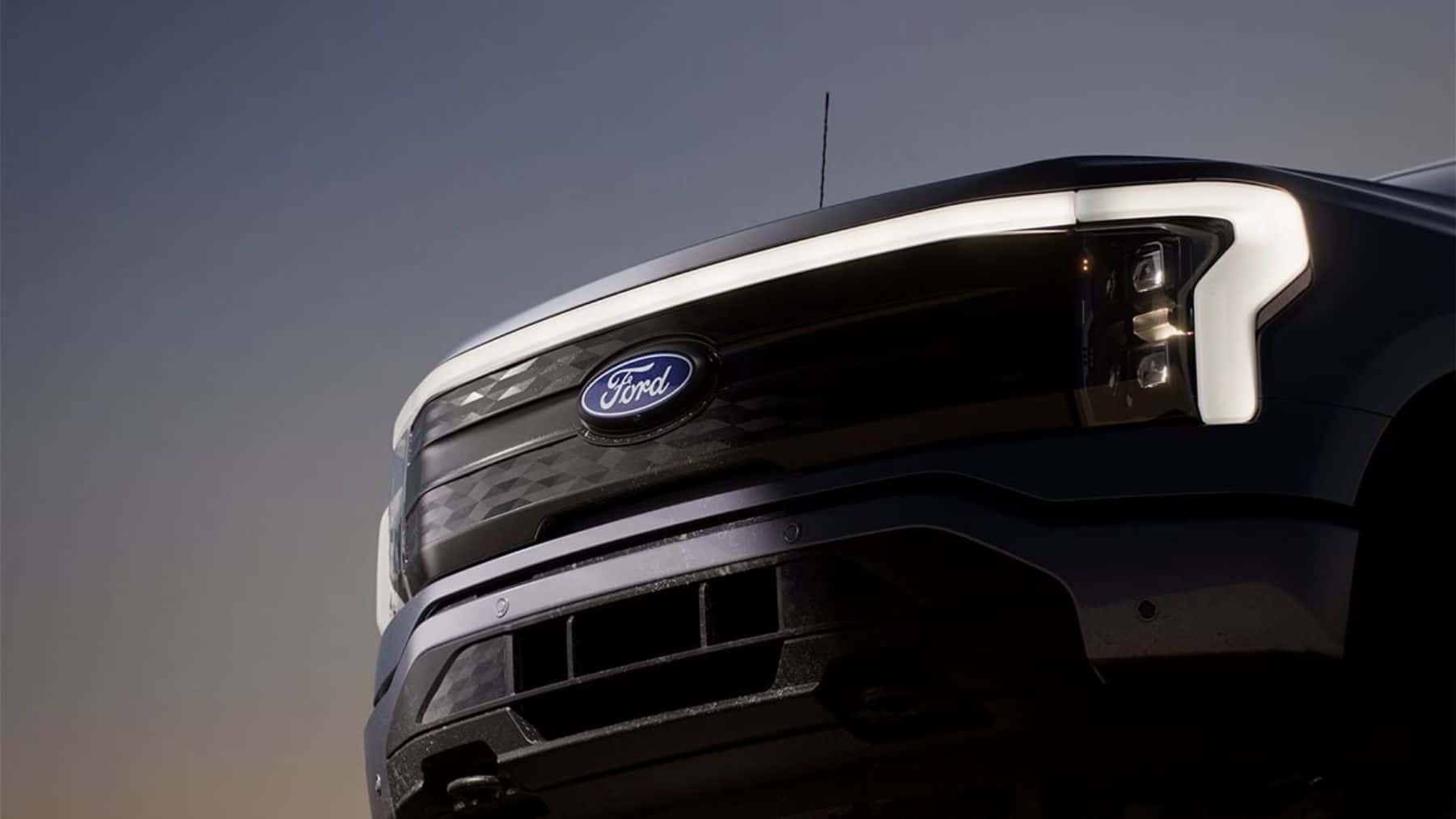After a steady rise in the popularity of the electric car as a form of sustainable transport, there reached a point where adoption seemed to plateau, due to factors like expensive initial purchases and a lack of charging infrastructure. Government incentives helped customers through this stagnated period, but with the impending cessation of these incentives, customer interest may drop again.
The rise of EV popularity in the US
Electric vehicles rose in popularity due to an increased concern for the environment, advancements in technology, and decreased costs in the long run. Government incentives such as rebates and tax credits encouraged customers to choose the more sustainable options, and the rise of Tesla showed the world that EVs were enticing and desirable.
Along with increasing gas prices, customers grew more inclined to look at other options, and why not choose a car that is a little pricier in the beginning, but works out better in the long run? With great environmental benefits too, the adoption of EVs seemed like the logical way forward.
However, after a major boom in popularity, the interest in EVs started to wane slightly. A widespread lack of infrastructure was proving a problem, as plug-in hybrid cars became more popular, EVs have slowly started being left behind. Government incentives have helped curtail the discarding of EVs completely, but one main incentive is being binned, and EV sales may take a serious hit.
Federal incentives to buy an electric car
For the past couple of years, customers have enjoyed a 2008 Congress-approved tax credit of $7,500 on EV purchases, that have encouraged EV sales for over 15 years. Now, along with other financial budget cuts that will affect the country, Trump’s administration is bringing this incentive to an end and dropping the $7,500 for good.
Other nations have seen this pattern before. After a similar change in regulations in Germany, the country saw a step decline in EV sales, and the same is predicted for the US. Sitting at around 10% market share at the moment, Ford CEO Jim Farley says:
“I wouldn’t be surprised that the EV sales in the U.S. go down to 5%.”
He goes on to explain how customers aren’t going to be buying extremely pricey EVs anymore with the lack of an incentive:
“Customers are not interested in the $75,000 electric vehicle. They find them interesting. They’re fast, they’re efficient, you don’t go to the gas station, but they’re expensive.”
Where the market is headed
Hybrid vehicles like this innovative hydrogen-electric vehicle are reportedly where the interest is at, and car manufacturers are going to need to re-evaluate their production strategies. Farley describes the issues they will face:
“We have to make these partial electric vehicles in the factories that would’ve been EVs. We’re going to have to find a place; what we do with all the battery plants. And we’ll fill them. But it will be more stress because we had a four-year predictable policy. Now the policy changed. It means Ford, our construction companies, we all have to make adjustments. And it’s going to be good for the country, I believe. But it will be one more stress on the supply side.”
The impending federal changes will not only affect customers’ decisions on what type of car to buy, but will have knock-on effects down the production line, and of course, will reduce the benefits that EVs have been providing the environment. From a sustainability perspective, it may be a step backward, but hopefully the increased interest in hybrid vehicles will allow a larger audience to contribute to reduced emissions through a decreased interest in traditional gas cars.
Disclaimer: Our coverage of events affecting companies is purely informative and descriptive. Under no circumstances does it seek to promote an opinion or create a trend, nor can it be taken as investment advice or a recommendation of any kind.


